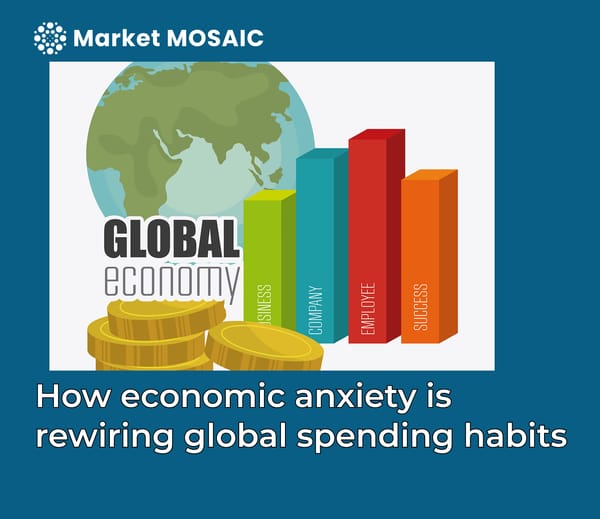China’s $3.4 trillion export : Can the world’s factory keep its throne?

The rise of a manufacturing giant
In 2000, China ranked seventh among the world’s exporters, contributing $249 billion to global merchandise trade. Just over two decades later, it stands atop the leaderboard, with exports reaching a staggering $3.4 trillion in 2023. That’s a 13.6x leap, compared to the global average export growth of just 3.7x over the same period.
As China grew into a global export leader, it didn’t just gain power, it changed how the world builds, ships, and sells nearly everything For years, China’s mix of low labor costs, expansive infrastructure, and pro-business policies made it the default hub for everything from electronics to apparel. The world didn’t just trade with China, it built around it.
From efficiency to exposure
But dominance comes at a cost. The past few years have exposed the vulnerabilities of concentrated global sourcing. When the COVID-19 pandemic shuttered Chinese factories, the ripple effects froze production lines and delayed shipments across continents. What had once been considered operational efficiency quickly turned into a strategic bottleneck.
The fallout didn’t stop there. Intensifying trade tensions between China and the United States introduced fresh layers of uncertainty. Rising tariffs, export controls, and shifting regulatory landscapes forced multinational companies to confront a hard truth: reliance on a single supplier, even one as capable as China creates fragility.
Beyond China: A New Game Plan
To mitigate these risks without sacrificing scale, companies are adopting a more nuanced approach. The China+1 strategy has become a practical way for companies to reduce their dependence on China without giving up its manufacturing strengths. Businesses are expanding production into alternative markets—Vietnam, India, Mexico, and others, while maintaining a foothold in China’s established ecosystem.
Investment trends reflect this shift. Foreign direct investment into Southeast Asia and Latin America is rising, supported by favorable trade policies and a growing appetite for supply chain diversification. These regions are not replacing China but complementing it, offering CEOs a way to balance risk, cost, and geopolitical exposure.
Implications for business leaders
For executives and founders, the implications are clear. Supply chain strategy is no longer just about minimizing costs, it’s about building resilience and optionality. Those who adapt early will position themselves to navigate disruptions more smoothly, access emerging markets more quickly, and meet evolving stakeholder expectations around sustainability and stability.
This isn’t just a sourcing issue; it’s a competitive advantage. Companies that diversify intelligently are better equipped to withstand external shocks and deliver continuity to their customers. Those that don’t may find themselves playing catch-up when the next disruption strikes.
A new chapter in global trade
China’s $3.4 trillion export dominance remains one of the defining achievements of the 21st century. But the future of global trade won’t be defined by dominance alone, it will be shaped by flexibility, foresight, and strategic diversification.





